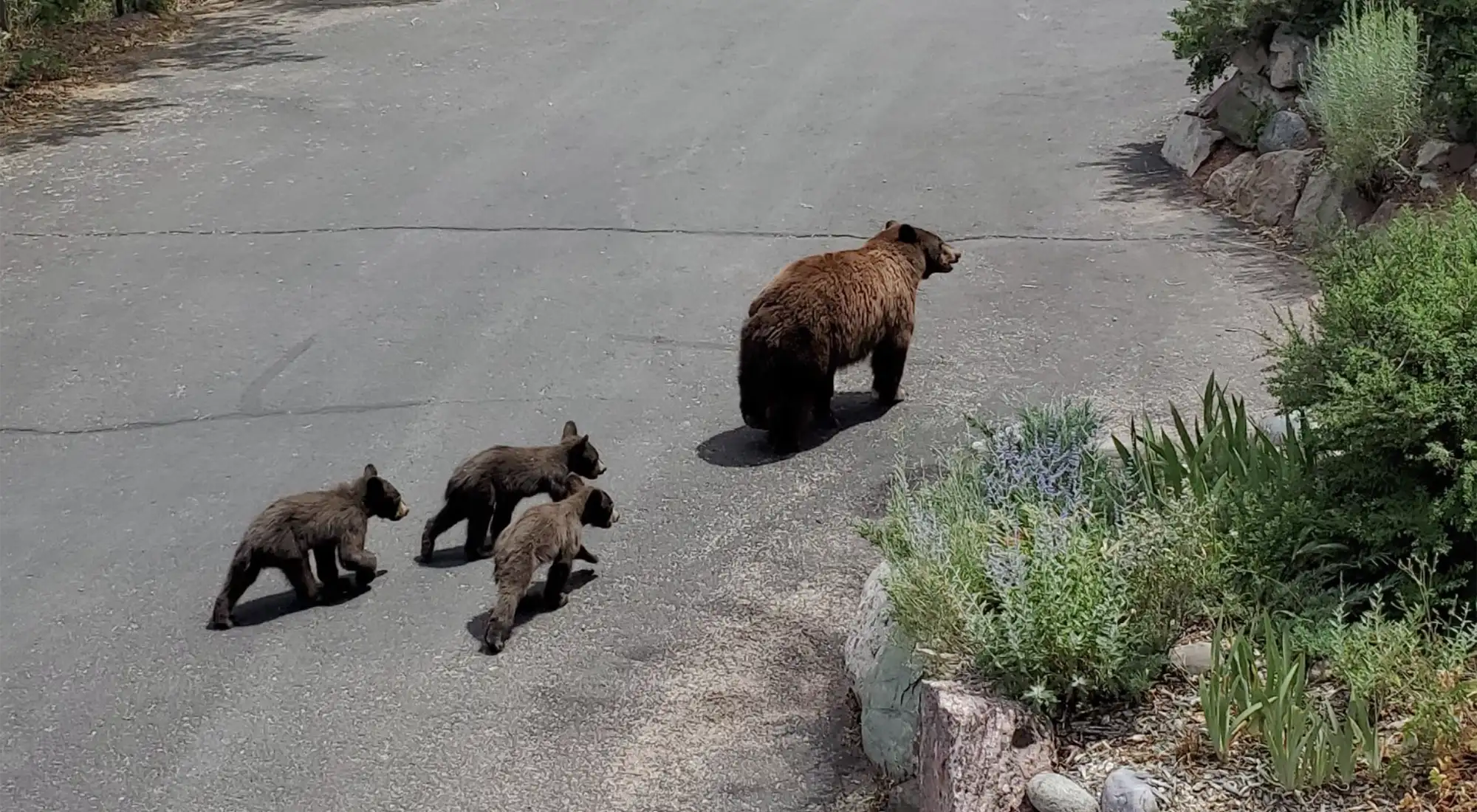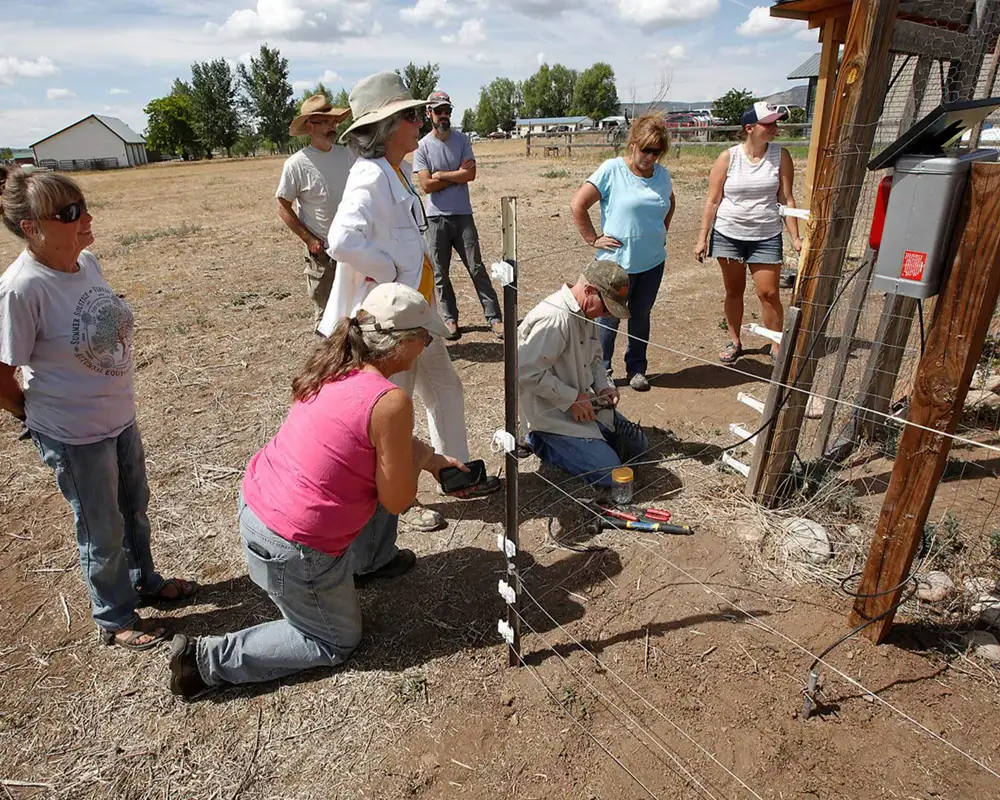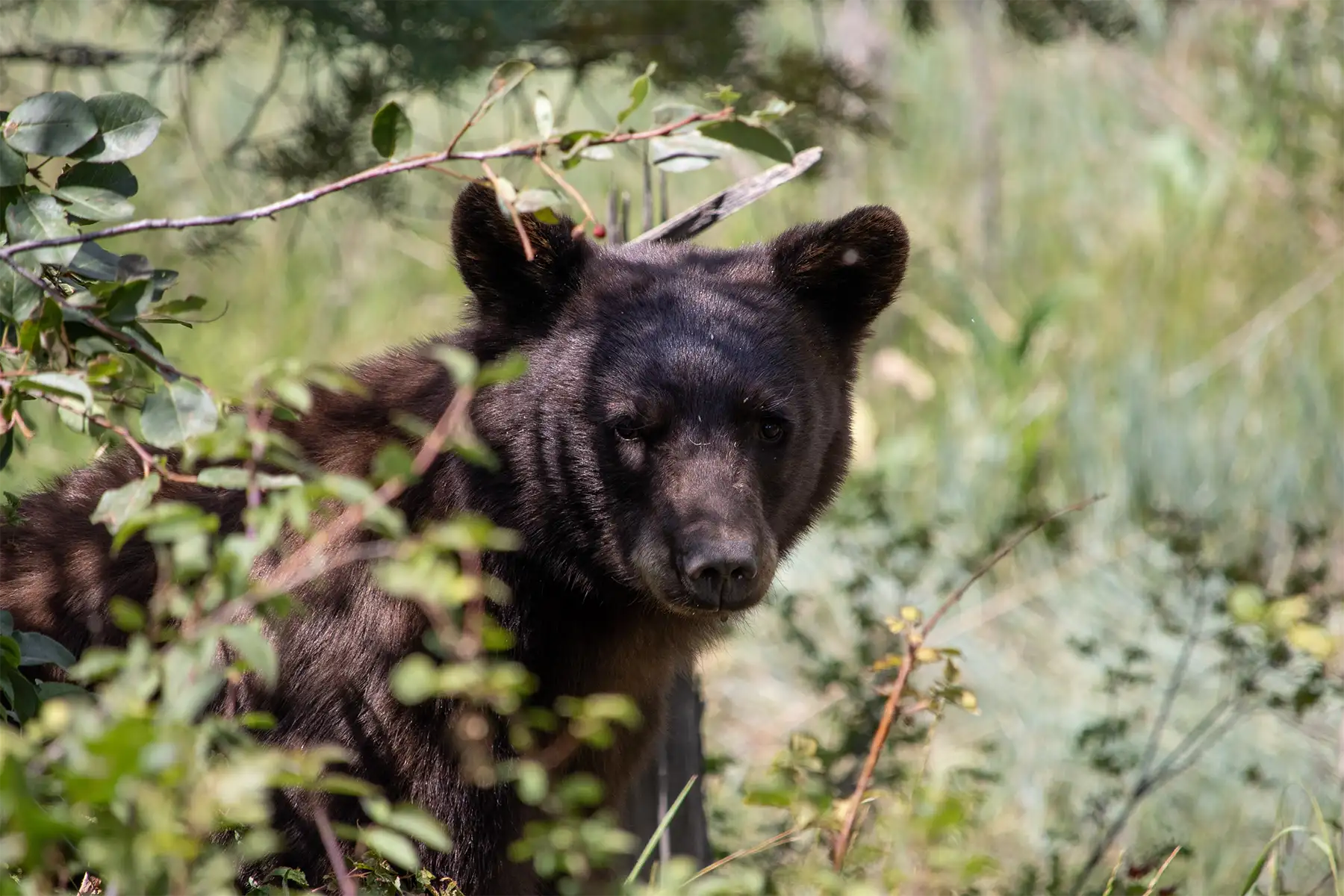
Helping People & Bears Coexist for the Benefit of Both

REAL SOLUTIONS
Bear Smart Durango offers real solutions in working with the greater Durango community preventing human-bear conflict with a goal of making our area safer for both people and bears.
Bear Smart Durango works proactively to prevent human and bear conflict from happening in the first place. Our approach is developing and implementing programs and initiatives to prevent and reduce human and bear conflict with an ultimate goal of making the community safe for both people and bears.
Our Work
